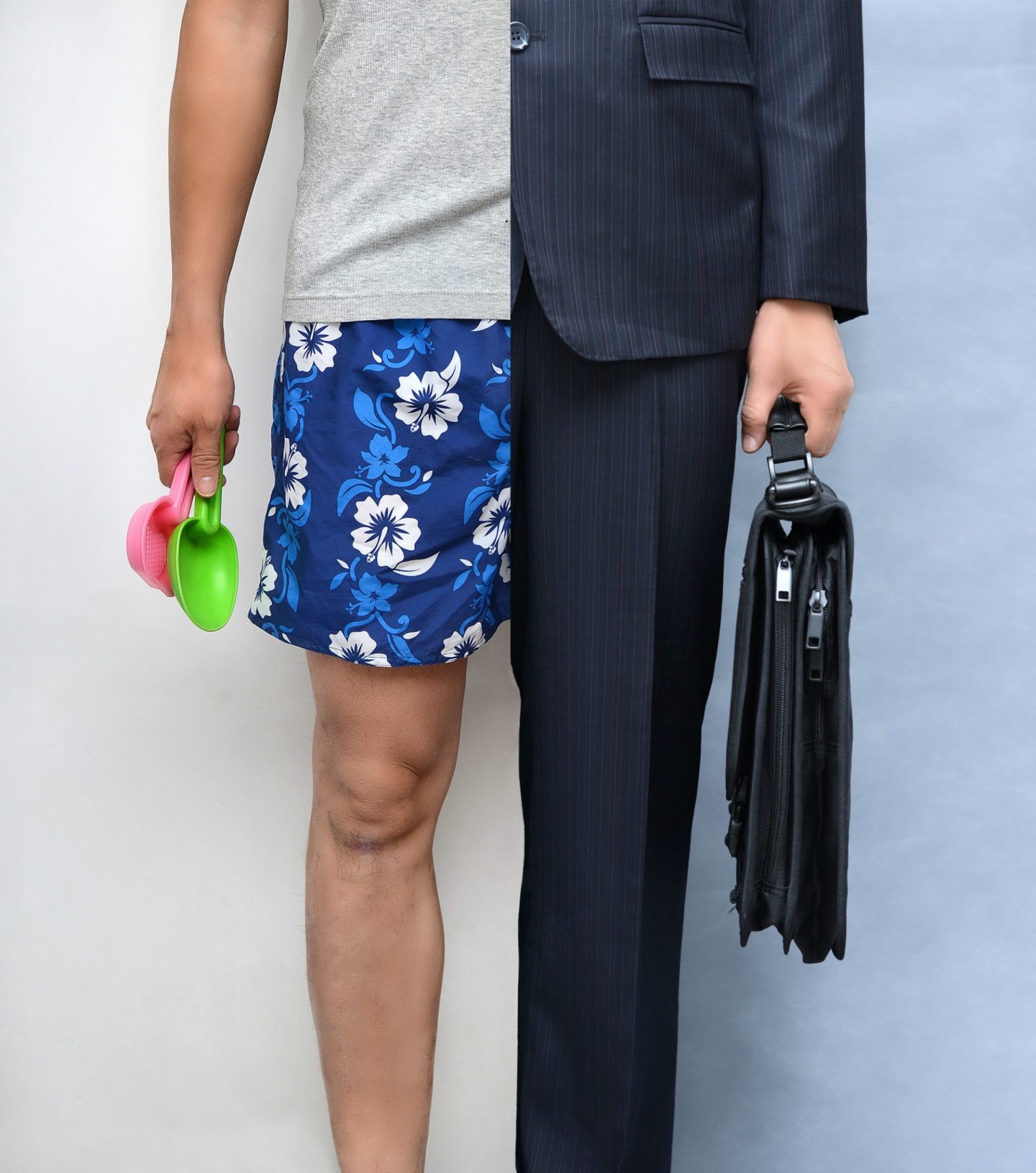With summer in full swing, the topic of dress code comes back into fashion. The questions around what’s acceptable to wear to work are once again at the forefront for employees and employers alike. The stifling summer heat can make it difficult to cope at work in a full suit or heavy uniform, which in turn can affect productivity and morale. However, relaxing your dress code – if you have one in place – could lead to employees bending the rules a little too much. Flip-flops are a staple on sunny days for many, but are unlikely to fit the image the company wants to project.
The pros of having a dress code
Having rules on appropriate office attire in place does come with some benefits. If you host client meetings or work in a customer-facing role, a dress code will help shape the impression your company makes. It will allow employees to be clear on what is and isn’t acceptable, taking away any feelings of uncertainty about what they are wearing.
A dress code at work can also create a sense of professionalism across your workplace environment, whilst making everyone feel like they are part of the team. You’ll also reduce the likelihood of potentially uncomfortable questions about what is appropriate. Employees will be able to consult the dress code and avoid any safety or HR issues arising.
The cons of having a dress code
However, there are some negatives which come with implementing rules of office attire. Employees could feel like the freedom to express themselves is being restricted, and not everyone will be comfortable with the attire which must be worn.
The importance of a dress code does depend on the industry and nature of the profession. There is no one-size-fits–all policy when it comes to workwear, whatever the season. Some employers do take a more relaxed approach to summer dress codes at work, allowing staff to forgo blazers and other restrictive items.
Tips for implementing a dress code
When it comes to how to address a dress code at work, it’s important to ensure a fair balance for everyone. If you want to implement a policy for summer, here are some key things to take into account.
- Keep health and safety at the forefront
It’s important to take into account all health and safety considerations when it comes to a dress code. Look at everything from ties to appropriate footwear, and outline anything which may put an employee in danger.
- Be clear on your reasons
Keep employees informed on what you’re trying to do and your reasons for doing so. For example, you may be trying to create a positive, professional work environment where employees can feel comfortable.
- Be consistent
When applying a new dress code to your workplace, ensure everyone follows the same set of rules and it’s enforced consistently across the board. You may need to employ a degree of flexibility for religious, cultural or disability reasons, to ensure everyone’s needs are fairly met.
- Remain neutral
Ensure the dress code applies equally to both genders and try not to differentiate.
- Write it down
Make sure to write down your dress code policy and have it reviewed by your HR or legal team. Once everyone is happy, send this out to all your employees and ensure they have read it.
Creating a dress code at work can be useful to make sure everyone feels comfortable and is dressed appropriately for the working day. Make sure all staff are aware of the guidelines which have been set out, and ensure equality and fairness are practiced across the board. It can be a contentious issue, but managed carefully, a resolution can be reached that keeps employers and employees satisfied.







